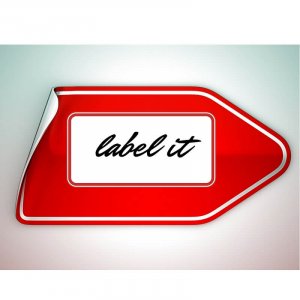As the Amazon marketplace grows, more and more businesses are flooding the site with their third party seller operations. With the expanding competition, sellers are looking for new ways to stand out and generate sales.
True to the entrepreneurial spirit, Amazon sellers have now started to employ strategies like Private Labeling to avoid the flood of competition and establish their own presence on Amazon. Read more to learn more about selling Private Label products on Amazon…
What is Private Label?
Private Label products on Amazon are brands not owned by the manufacturer but by the Amazon seller who contracted these products to be manufactured. These are then sold under the seller’s own brand name.
So, why is this a popular trend and what are some things to look out for?
Private Label products often boast higher profit margins, zero direct competitors, possible high demand, and the ability to fully control pricing and brand integrity. As great as this all sounds, there are some trade-offs to consider before taking the plunge. Sourcing and product costs are more complicated. If you haven’t done your due diligence research, there is the potential for trademark and patent infringements. And it’s all up to you to protect your brand on Amazon from copycat sellers.
In the past few months and at SCOE in Seattle, we’ve had a lot of conversations with many Amazon sellers about Private Label products, how to price them effectively, and how to find opportunities to increase the number of sales and profit margins.
One of the most common questions we hear is:
Should I be pricing my item against similar brands on different ASINs?
Our response to this is to ask the seller why did they choose to start selling Private Label products? They always answer that they sell Private Label to get away from competition! It’s usually at this point that they realize they answered their own question. Why go through the extra effort to establish a Private Label to control your own pricing if you’re just going to resort back to old habits?
If we aren’t setting our prices against competition, how should we approach Private Label repricing?
What can we do to maximize the number of sales and profit margins?
Here are some strategies to consider that we’ve seen work well for other Private Label sellers on Amazon:
- Increase the price whenever an item is in high demand and making a lot of sales. This is, quite possibly, the best thing you can do for your bottom line. Too often, Private Label sellers take the “set it and forget it” approach and gleefully watch their products fly out the door. What they overlook is the potential to raise the price while keeping those sales. Even small amounts mean bigger gains over time.
- Lower your price if sales are sluggish. Here the “set it and forget it” approach is even more detrimental. If you’ve already done the research to determine that your Private Label product is viable but you’re not generating sales, it’s an indication that there is a problem with your price point.
- Ensure you have an accurate minimum price/lower limit that includes: product costs, Amazon fees, desired profit margin, and any Private Label specific expenses like shipping/importing fees and marketing costs.
- Use quantity and inventory age as a consideration, especially for FBA items. For example, you may have a healthy sales velocity but too much stock. Lowering your price on FBA products like this as they approach long term storage fees can save you a lot of money. Conversely, you have a great seller that is getting low in quantity. You want your listing page to stay on Amazon, so temporarily increase your price to preserve stock until you can get more on hand or in the warehouses.
Using sales trends, velocity, stock levels, and inventory age rather than competition prices ensures you can control the price in ways that make sense for you, not your competitors.
Tune in to our next blog to learn how you can use Sellery to implement these Private Label repricing strategies.
Questions? Mike or Kate are ready to hear from you.
Mike and Kate are Sellery and Amazon Repricing experts who are always happy to chat.
